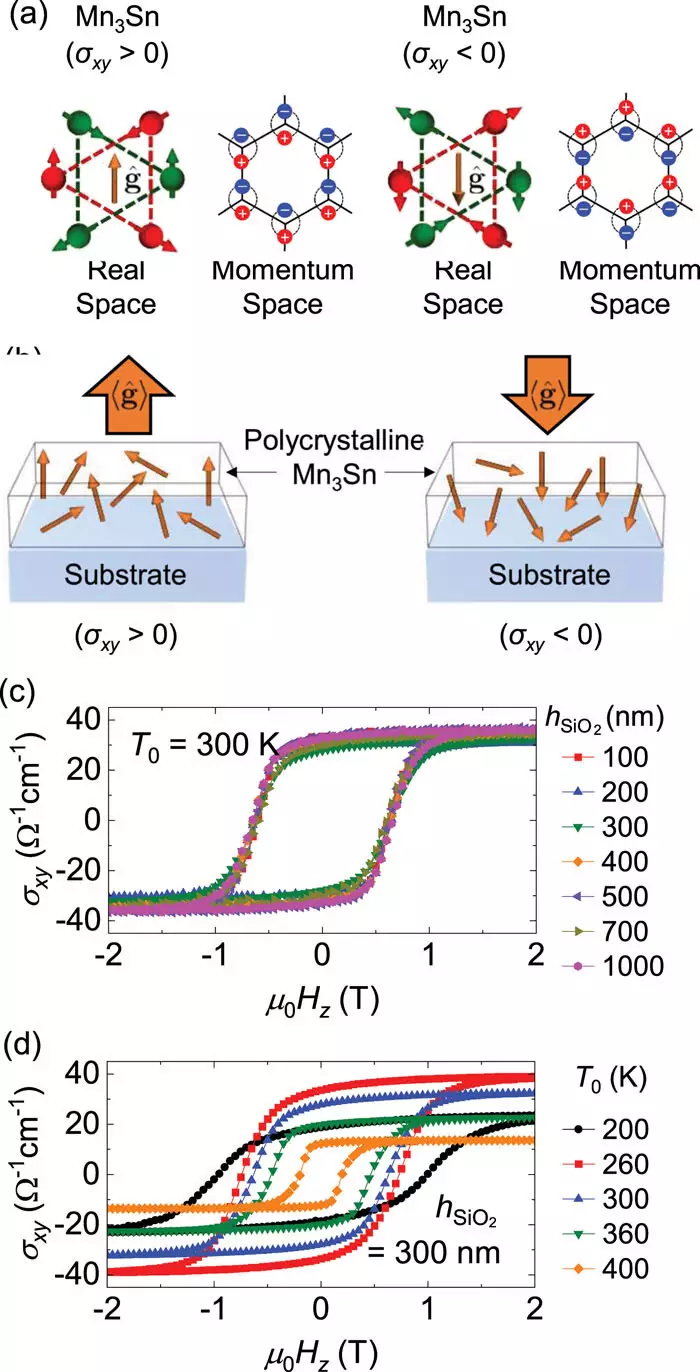In a world where energy efficiency is becoming increasingly paramount, spintronics, or spin transport electronics, presents a groundbreaking solution. Unlike conventional electronics that rely solely on the flow of electric charge, spintronics leverages a fundamental property of electrons known as spin, which is tied to magnetic behavior on a microscopic level. This innovative approach not only promises to facilitate faster computing capabilities akin to traditional electronics but aims to do so while significantly reducing energy consumption. However, a pressing issue persists in the exploration and development of these devices: the influence of thermal effects on device performance.
Research led by the University of Illinois Urbana-Champaign has illuminated the complexities involved in the interaction between electric currents and thermal effects within spintronic devices. Professor Axel Hoffmann, who spearheaded the project, underscores the importance of distinguishing between magnetization changes induced by electric current and those caused by temperature increases. Understanding this relationship is critical for optimizing spintronic devices; after all, thermal effects can substantially alter the operational efficiency and responsiveness of these systems.
Matters become complicated when you consider the types of materials being used. Antiferromagnets—materials characterized by their unique spin arrangements where adjacent spins are opposite—are often the focus of spintronic research. Their limited sensitivity to external electromagnetic interference theoretically makes them excellent candidates for memory and computing applications. However, the energy required to manipulate their spin structures can generate heat levels that significantly affect performance, opening the door to questions about the dominant mechanisms at play.
The Novel Methodology for Measuring Heating
Historically, research efforts have been hampered by the inadequacies of existing methodologies to directly measure heating effects in small-scale spintronic devices. The research team, notably postdoctoral researcher Myoung-Woo Yoo, has made strides in addressing this challenge. By employing a novel experimental technique, they can derive thermal effects by studying how different substrates respond to heat accumulation when subjected to an electric current.
The experiments conducted involved the placement of antiferromagnetic samples on silicon dioxide substrates of varying thicknesses. This variation is significant because thicker substrates showcase reduced thermal conductivity. The resulting increases in temperature at higher thicknesses allow the researchers to infer the effects of heating on the spin structure of the materials studied. The findings confirmed a substantial heating impact on the antiferromagnet Mn3Sn, yet the implications of this discovery extend beyond this particular material.
The research team emphasizes the broader applications of their novel measurement techniques, stating that their framework could be employed to analyze a range of antiferromagnetic materials. With the understanding that heating plays a vital role, researchers can systematically assess other materials for potential use in spintronics. This paves the way for identifying optimal materials that maintain stability under electric currents while fostering efficient operation.
As device functionality hinges on the interactions between current and thermal effects, the insights garnered from this study could drastically influence the design and selection of future spintronic technologies. If thermal effects dominate the operation, factors such as thermal conductance become critical, potentially restricting the operational speed of devices. Conversely, if electric currents are the main driver behind spin manipulations, the pathway toward faster, more efficient devices becomes clearer.
Spintronics offers an exciting avenue for the development of energy-efficient computing technologies. As researchers delve into the intricate mechanics that govern these devices, understanding the interplay between thermal effects and electric currents becomes essential. The University of Illinois team’s innovative methods open up new possibilities for evaluating and optimizing materials essential for spintronic applications. By disentangling the complex effects of heating from electric-induced changes, they are setting the groundwork for the next generation of computing technologies—one that harnesses the best features of both magnetic and electric properties for a sustainable future. With continued research in this direction, the dream of high-speed, energy-efficient computing might soon be within reach.


Leave a Reply